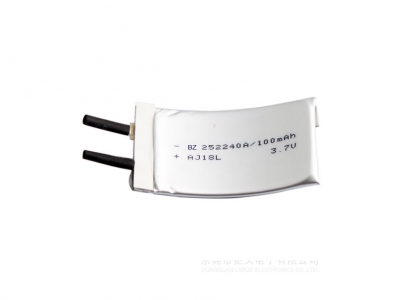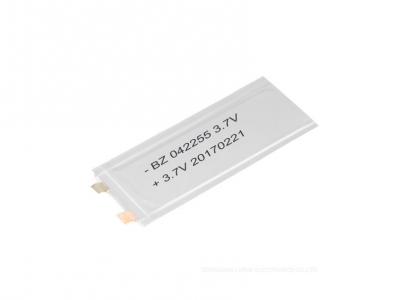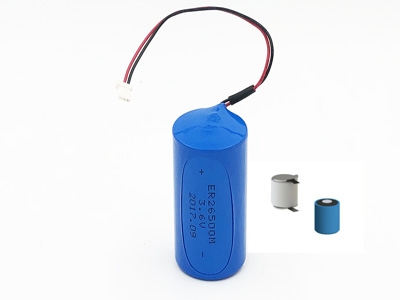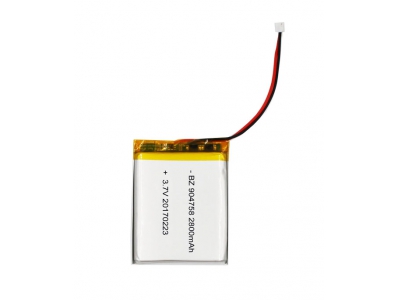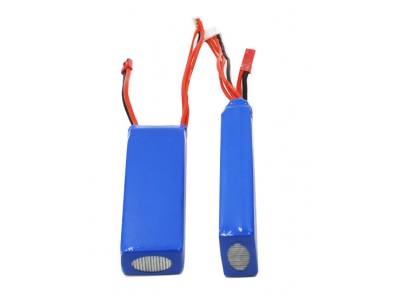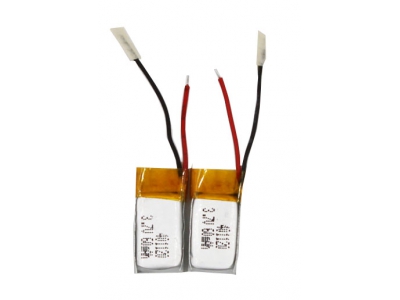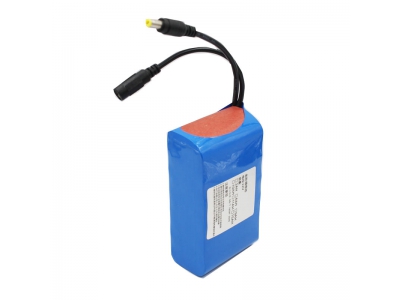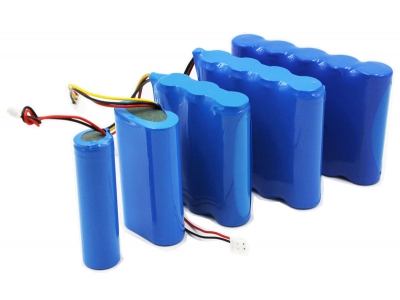Building a safer lithium-ion battery
Lithium-ion batteries have become an indispensable power source for our proliferating gadgets. They have also, on occasion, been known to catch fire. To yield insight into what goes wrong when batteries fail and how to address the safety hazard, scientists report in the journal ACS Sensors that they have found a potential way to track lithium ions as they travel in a battery.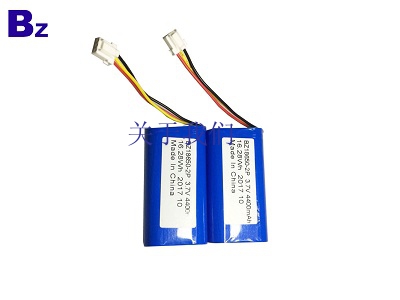
The researchers worked with 2-(2-hydroxyphenyl)naphthoxazole, or HPNO, a molecule that fluoresces when it attaches to lithium ions. They added a "visible pump" to help prevent photobleaching and other damage. In a battery-like environment, the system could image and track lithium ions. The researchers note that their next step would be to test the molecule in a more realistic analog of a battery cell.






